Below Graphics as 2013 Story Board Short (PPT): SHORT 1-8
INVITE Robert Steele to Speak & Nurture & Energize!
1957+ Story Board Long: Decision-Support — Analytic Sources, Models, Tools, & Tradecraft 1957-2013
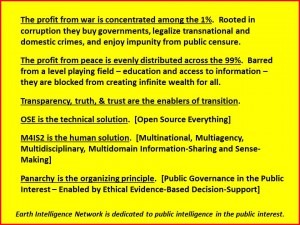
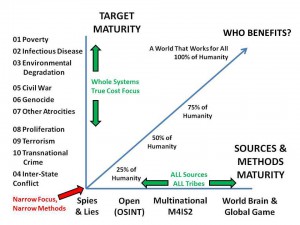
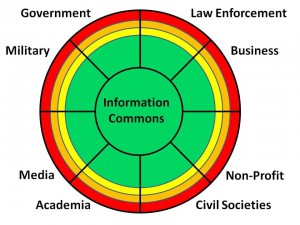
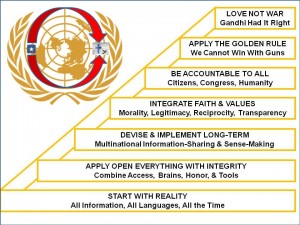
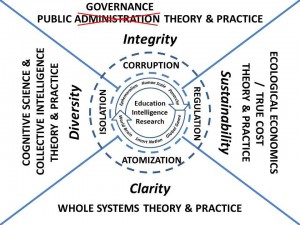
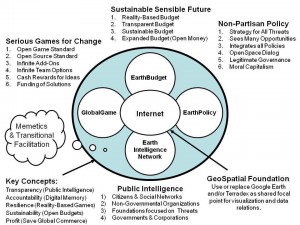
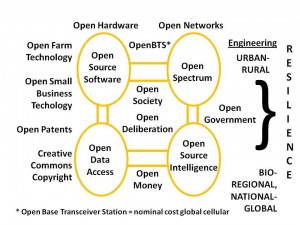
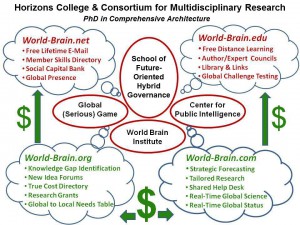
Below Graphics as 2013 Story Board Short (PPT): SHORT 1-8
INVITE Robert Steele to Speak & Nurture & Energize!
1957+ Story Board Long: Decision-Support — Analytic Sources, Models, Tools, & Tradecraft 1957-2013








![]() Look to nature for lessons in building resiliency
Look to nature for lessons in building resiliency
Mary Catherine O'Connor | July 18, 2013
The Earth is changing at a climatic level, and we humans, in the wake of a growing list of extreme weather events and years-long trends, are scrambling to react. Within the built environment (which includes everything from utility grids to residential homes), designers and architects are turning the focus toward what is emerging as a buzzword: resiliency.
New York Mayor Bloomberg last month announced that the city will spend $20 billion on a program to make its infrastructure more capable of surviving Sandy-like superstorms in the future, which could cost the city upwards of $90 billion by 2050, as sea levels continue an upward march. One research group says the global “climate adaptation services” industry is already worth $2 billion. The U.S. Green Building Council is also considering a plan to give builders Leadership in Energy and Environmental Design (LEED) points for constructing weather- and natural disaster-resilient buildings, because a green building is one that doesn’t need to be rebuilt when disaster hits.
This begs the question: how do we make the built environment more resilient?
For the architecture and engineering firm HOK, the pathway is found in nature. HOK formed an alliance in 2007 with Biomimicry 3.8, a non-profit that helps organizations and educators find design inspiration in biology, and it has been integrating biomimetic principles into projects such as a Haitian orphanage.
Full story below the line.
Continue reading “SmartPlanet: Biomimicry as Meta-Design Inspiration”

How can content curation be used in education to support and enhance the development of new media literacy skills? Paul Mihailidis from the Department of Marketing Communication at Emerson College in tandem with James N Cohen from the School of Communication at Hofstra University, have outlined six different ways in which content curation can be utilized as a key methodology to develop critical thinking, analysis and communication skills. Their analysis is based on the actual use of Storify, a content curation tool, for specific educational objectives. Useful as a reference framework for introducing content curation within pedagogical programmes. 8/10
Abstract: In today's hypermedia landscape, youth and young adults are increasingly using social media platforms, online aggregators and mobile applications for daily information use. Communication educators, armed with a host of free, easy-to-use online tools, have the ability to create dynamic approaches to teaching and learning about information and communication flow online. In this paper we explore the concept of curation as a student- and creation-driven pedagogical tool to enhance digital and media literacy education. We present a theoretical justification for curation and present six key ways that curation can be used to teach about critical thinking, analysis and expression online. We utilize a case study of the digital curation platform Storify to explore how curation works in the classroom, and present a framework that integrates curation pedagogy into core media literacy education learning outcomes.
Teaching Points (expanded upon in cited work):
Teaching point #1 – Where top down and bottom up meet
Teaching point #2 – Integrating mediums, messages, platforms
Teaching point #3 – Sources, voices, and credibility online
Teaching point #4 – Framing, bias, agenda and perspective
Teaching point #5 – Appreciating diversity
Teaching point #6 – Empowering civic values and civic voices

Using Social Media to Predict Disaster Resilience
Social media is used to monitor and predict all kinds of social, economic, political and health-related behaviors these days. Could social media also help identify more disaster resilient communities? Recent empirical research reveals that social capital is the most important driver of disaster resilience; more so than economic and material resources. To this end, might a community’s social media footprint indicate how resilience it is to disasters? After all, “when extreme events at the scale of Hurricane Sandy happen, they leave an unquestionable mark on social media activity” (1). Could that mark be one of resilience?

Back in 2003 visionary artist Anne-Marie Schleiner wrote an inspiring paper entitled “Fluidities and Oppositions among Curators, Filter Feeders and Future Artists” describing the future role of online curators as nature's own filter feeders. Anne-Marie is clearly referring to curators to and filter feeder in art world, but her rightful intuitions are equivalently applicable to the larger world of information, data, digital and content curation as well.
But let me explain better.
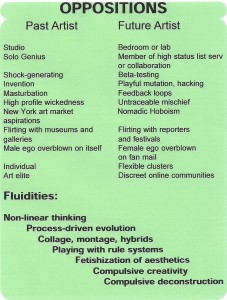
First. The term “filter feeders” is used in nature to describe a group of animals which thrives on its ability to filter organic matter floating around them. From Wikipedia: “Filter feeders are animals that feed by straining suspended matter and food particles from water, typically by passing the water over a specialized filtering structure. Some animals that use this method of feeding are clams, krill, sponges, baleen whales, and many fish (including some sharks). Some birds, such as flamingos, are also filter feeders. Filter feeders can play an important role in clarifying water, and are therefore considered ecosystem engineers.” From Wikipedia: “In marine environments, filter feeders and plankton are ecosystem engineers because they alter turbidity and light penetration, controlling the depth at which photosynthesis can occur.[4]”
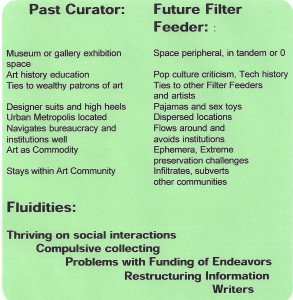
Second. If you re-read this last sentence slowly and look at what it could mean if applied to the field of content curation, it would read to me something like this: “In large information ecosystems like the web, filter feeders/content curators and content itself are ecosystem engineers because they: a) directly influence our ability to inform ourselves effectively and to discern truth from false and useless info (turbidity) b) shed light and clarity on different subjects which would otherwise remain obscure (light penetration) c) determine our ability to make sense of our own generated information streams (photosynthesis).” A very inspiring parallel indeed, giving a way to visualize the true importance and role that curation, disenfranchised from the confines of museums and art galleries, could have on the planetary information ecosystem. Anne-Marie writes: “Most web sites contain hyperlinks to other sites, distributed throughout the site or in a “favorites” section. Each of these favorite links sections serves as a kind of gallery, remapping other web sites as its own contents. Every web site owner is thus a curator and a cultural critic, creating chains of meaning through association, comparison and juxtaposition, parts or whole of which can in turn serve as fodder for another web site's “gallery.” Site maintainers become operational filter feeders, feeding of other filter feeders sites and filtering others' sites. Links are contextualized, interpreted and “filtered” through criticism and comments about them, and also by placement in the topology of a site. The deeper a link is buried, the harder it may be to find, the closer to the surface and the frontpage, the more prominent it becomes, as any web designer can attest to. I am what I link to and what I am shifts over time as I link to different sites… … In the process, I invest my identity in my collection – I become how I filter.” Anne-Marie vision (2003), pure and uninfluenced by what we have seen emerge in the last few years, paints a very inspiring picture of the true role of content curators and of the key responsibility they do hold for humanity's future. Inspiring. Visionary. Right on the mark. 10/10